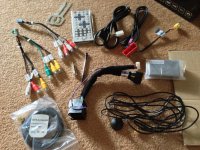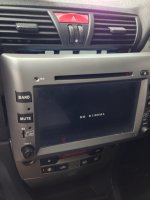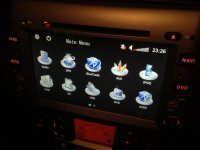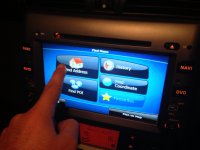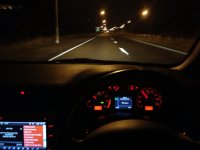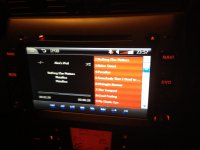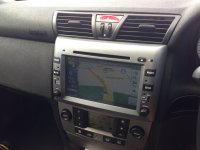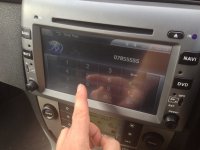Firstly, apologies if this should be in the ICE section - I felt it was relevant only to the Stilo, so have placed it here.
See also the thread https://www.fiatforum.com/stilo/313...l-singing-all-dancing-chinese-head-units.html
You can find these units at iokone.com. My email contact was Phoebe Zheng. Her replies were prompt and quite helpful, although it turns out that the actual manufacturer is Hualingan ('HL' on the rear of the unit). Their website is http://en.hualingan.com/ and you will find many less-than-complimentary websites, such as http://www.hualingan.info/index.html. All-up cost was NZ$630 (roughly £320). Value declared on the shipping invoice was US$100 and I expect this price would apply if you ordered a hundred of them. We have an interesting situation when you order one piece of anything from a Chinese supplier, as they effectively become a retailer rather than a wholesaler, so you have to pay full retail price. I got a $10 discount, as I promised to write this review.
Clearly, you are taking a chance in buying one of these units, so my purpose here is to explain exactly what you actually get. To the best of my knowledge, there is no other review of this unit anywhere else on the Internet. 'iokone' say they have the capacity to supply 2800 units/month.
The box arrived by EMS (Chinese shipping company) after only a few days. The unit was well-packed and in good condition - it arrived with a TV antenna (I ordered the DVB+T tuner option), GPS antenna, wiring loom, card-style remote control, CAN bus decoder box, many additional RCA plugs for auxiliary audio and video inputs and outputs, USB lead, iPod (dock connector) lead, and some sort of removal keys that don't seem to serve any purpose Picture below.
Picture below.
See also the thread https://www.fiatforum.com/stilo/313...l-singing-all-dancing-chinese-head-units.html
You can find these units at iokone.com. My email contact was Phoebe Zheng. Her replies were prompt and quite helpful, although it turns out that the actual manufacturer is Hualingan ('HL' on the rear of the unit). Their website is http://en.hualingan.com/ and you will find many less-than-complimentary websites, such as http://www.hualingan.info/index.html. All-up cost was NZ$630 (roughly £320). Value declared on the shipping invoice was US$100 and I expect this price would apply if you ordered a hundred of them. We have an interesting situation when you order one piece of anything from a Chinese supplier, as they effectively become a retailer rather than a wholesaler, so you have to pay full retail price. I got a $10 discount, as I promised to write this review.
Clearly, you are taking a chance in buying one of these units, so my purpose here is to explain exactly what you actually get. To the best of my knowledge, there is no other review of this unit anywhere else on the Internet. 'iokone' say they have the capacity to supply 2800 units/month.
The box arrived by EMS (Chinese shipping company) after only a few days. The unit was well-packed and in good condition - it arrived with a TV antenna (I ordered the DVB+T tuner option), GPS antenna, wiring loom, card-style remote control, CAN bus decoder box, many additional RCA plugs for auxiliary audio and video inputs and outputs, USB lead, iPod (dock connector) lead, and some sort of removal keys that don't seem to serve any purpose
Attachments
Last edited:


